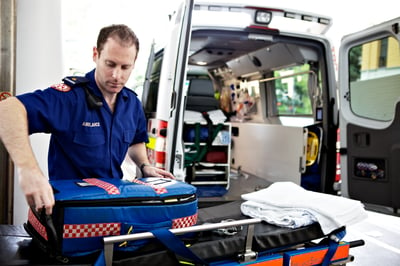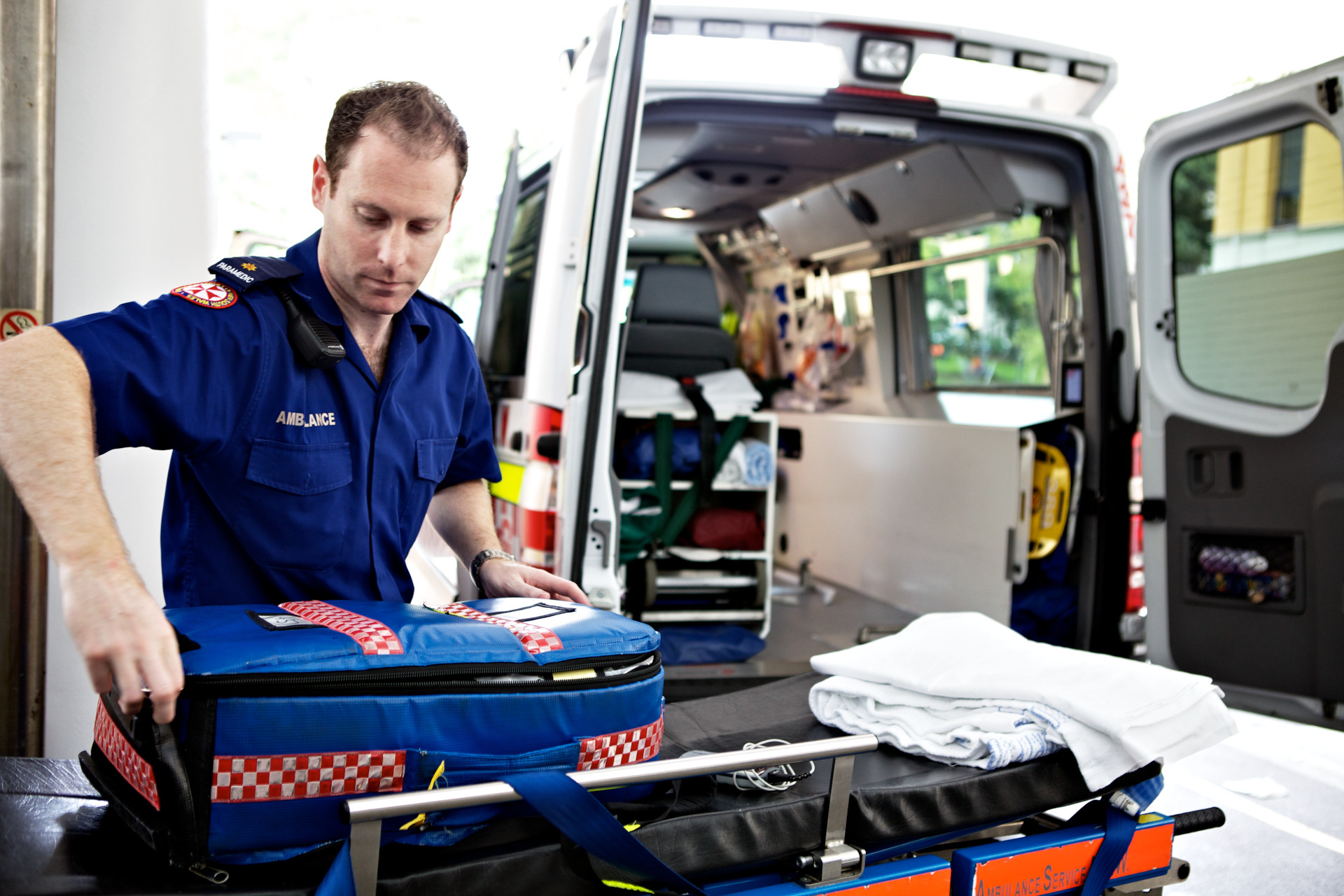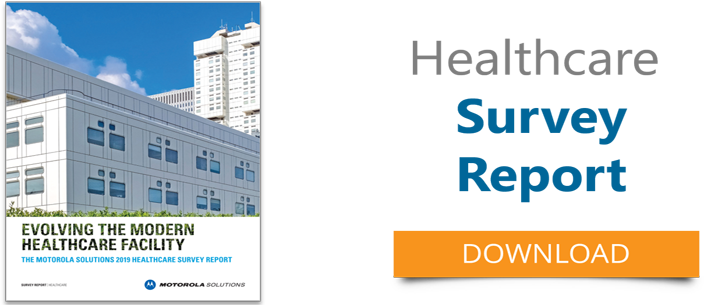 Hospitals are incredibly fast‑paced work environments. New lifesaving technologies are developed each year. Life‑or‑death crises arrive in the Emergency Room each day unannounced. And the grind continues 24/7.
Hospitals are incredibly fast‑paced work environments. New lifesaving technologies are developed each year. Life‑or‑death crises arrive in the Emergency Room each day unannounced. And the grind continues 24/7.
It seems there is never a good time to update your hospital building's secure communication systems. Rewiring networks or going offline for even a moment can have serious repercussions. So what can you do to ensure your hospital team can connect quickly and reliably on a moment's notice?
Considering updating your networks to 100% wireless coverage.
Network Challenges in Hospitals
Whether you need to upgrade sub‑par equipment or overhaul your entire communications solution, we know that implementing a new wireless network in a hospital can be complicated. More than retail stores or hotels, hospitals require airtight reliability, confidentiality, and speed.
According to Health Tech Magazine, these are some of the challenges of managing a wireless network in a hospital setting:
- Strict security requirements regarding personal information as well as data from biomedical devices
- Enough access points to account for medical equipment such as MRIs, which can interfere with nearby access points or consume bandwidth
- Unpredictable mobile traffic from walk‑in patients, visitors, or even overnight visitors' video streaming or other data‑heavy wireless usages
- Life‑or‑death situations with zero margin for error or system lag
Why Wireless Is Better Than Wired Infrastructure
Below are some of the biggest reasons major hospitals have switched to wireless networks.
Cost Savings
Some hospitals still rely on outdated wired infrastructure, which can be expensive to retrofit or maintain. Because the cost of copper lines continues to rise, it is unlikely that wired infrastructure prices will go down anytime soon.
Wireless networks that provide Point to Point (PTP) and Point to MultiPoint (PMP) connectivity cost less over time by eliminating recurring charges by the phone company.
Simplicity
Additional pitfalls to wired infrastructure include zoning requirements, additional fees and permits, and disruptive construction when the network requires repairs.
Better Coverage
As we addressed above, choosing a new hospital communication solution is about more than cost. It's about connecting hospital teams, equipment, and patient's biometric devices quickly and reliably.
Wireless networks provide better coverage, capacity, and reliability by:
- Ensuring instant access to critical information at the point of work
- Providing reliable network connections that minimize downtime and improve productivity
- Expanding coverage to places where wired infrastructure cannot go
- Enhancing scalability with easy installation, setup and ability to grow
Wireless Network Options
When most people think of wireless networks, they think of connecting their smartphones or other mobile personal devices. But in locations where security is paramount, cell phones are not the best tool for your team.
One common smart solution is deploying a fleet of two‑way radios. Modern two‑way radios offer reliable, immediate communication that can be contained to a specific channel for confidentiality. If your hospital is not prepared to equip the entire staff with two‑way radios, there are hybrid options such as apps that can connect radios to cell phones, tablets, and computers with push‑to‑talk (PPT technology).
Connecting hospital teams so they can deploy equipment and save lives more quickly is critical to the future of any healthcare organization. Because technology is evolving so rapidly, it is best to consult with a wireless communications expert when choosing new equipment. Though hospitals share a set of common needs—reliability, speed, and privacy—your facility's specific needs might vary according to square footage, staff size, and average patient count.



